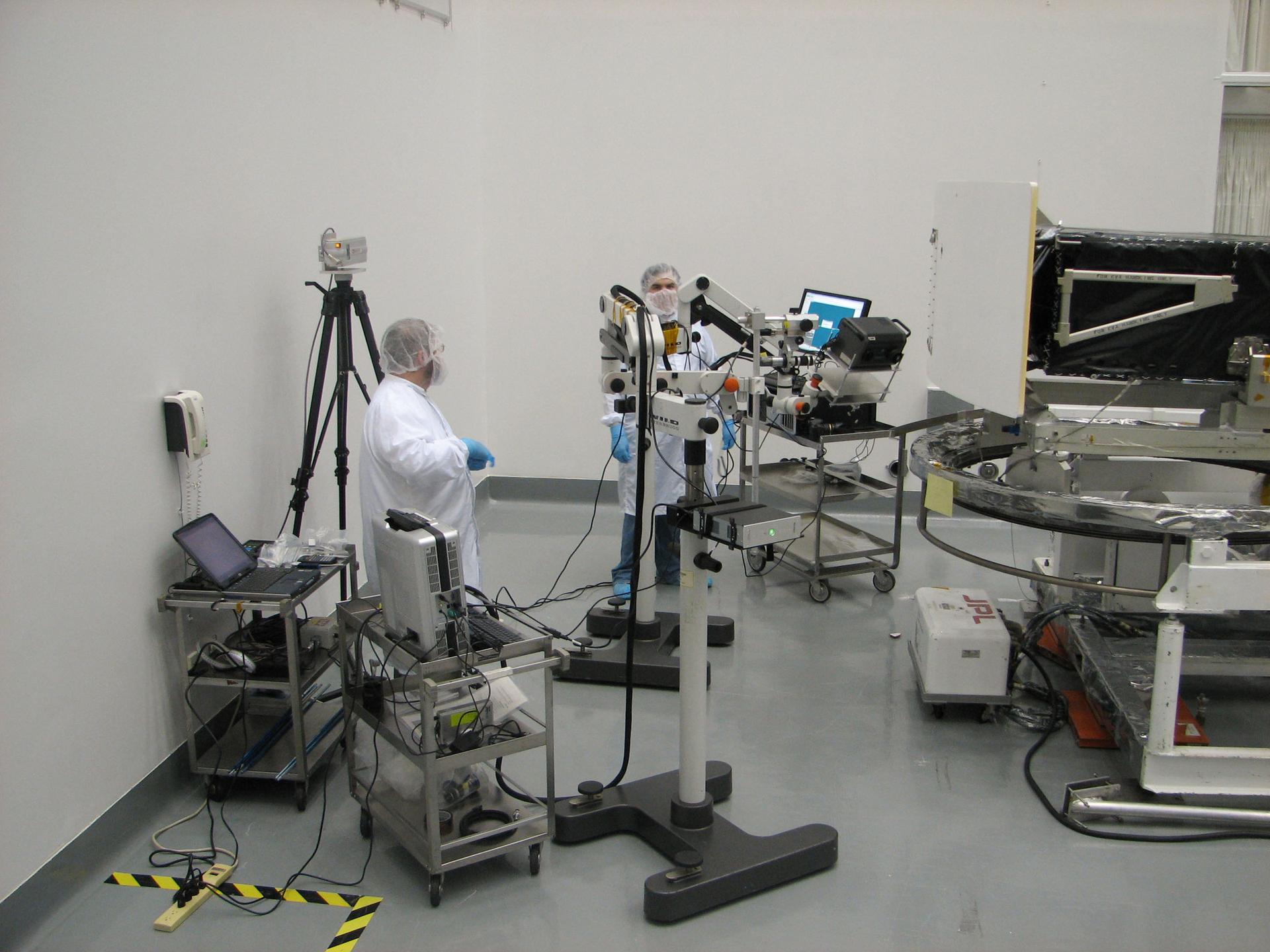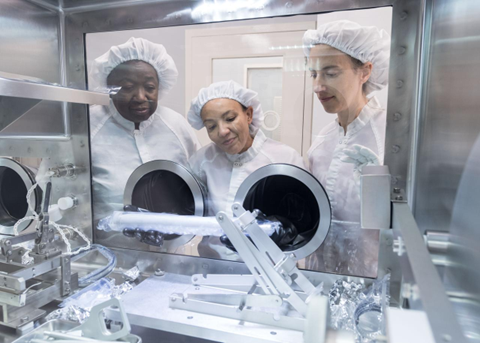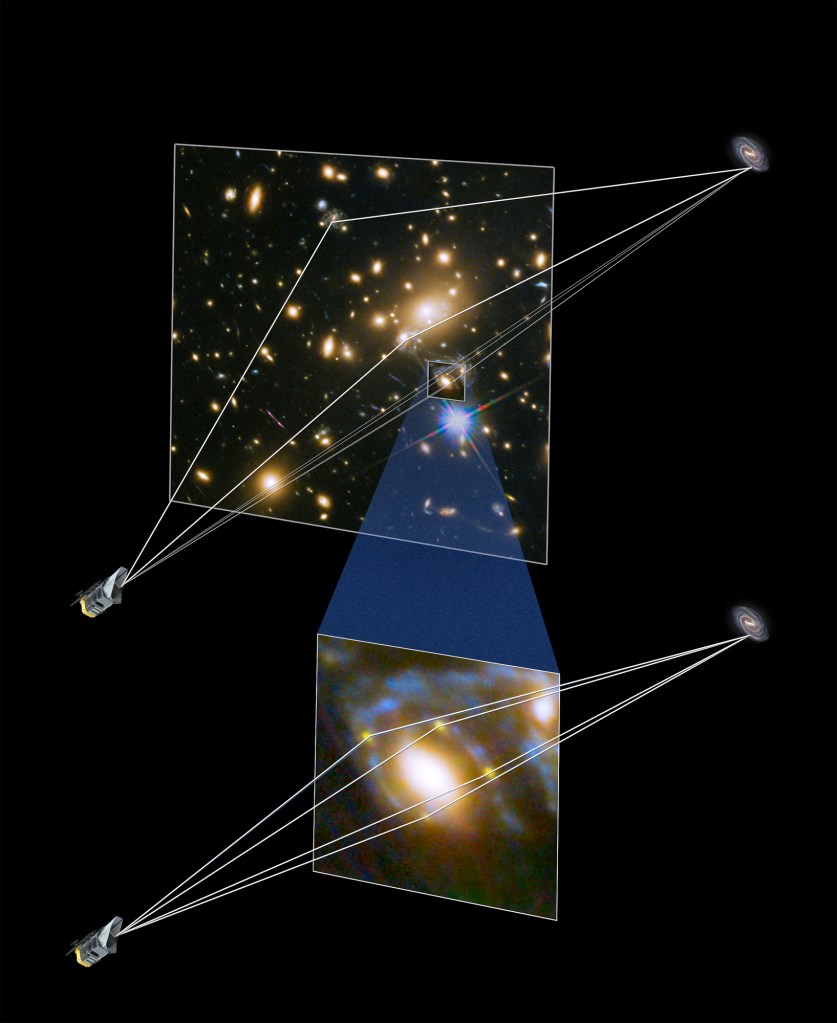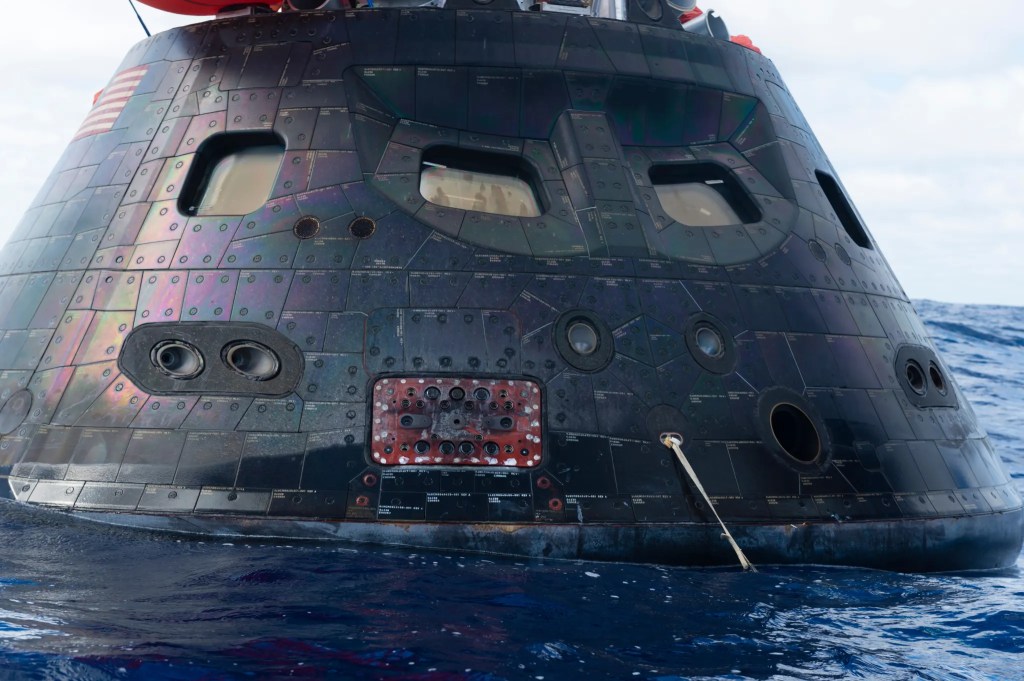Orbital Debris
Orbital debris is critical in human spaceflight as its presence poses a significant threat to spacecraft and astronauts, necessitating careful monitoring and mitigation efforts to ensure the safety and sustainability of activities in Earth’s orbit. The White Sands Test Facility (WSTF) Remote Hypervelocity Test Laboratory (RHTL) is an access‐controlled hazardous test area capable of simulating Micrometeoroid and Orbital Debris impacts on spacecraft materials and components. This unique NASA facility was designed to safely handle and test hazardous targets, and simulates impacts on shields, spacecraft, satellites, and spacesuits. Because of WSTF’s remote location and attention to safety, the RHTL is capable of implementing test programs that propel projectiles at toxic or explosive materials and components such as batteries, aerospace fluids, and pressurized containers in a controlled laboratory environment.
Johnson Space Center’s (JSC’s) unique integrated team of scientists and engineers provides characterization of the orbital debris environment through space-based payloads, ground-based observatories and radar facilities, laboratory studies, and modeling. We use our environmental knowledge to estimate risk to spacecraft and to guide vehicle design to mitigate risk, taking advantage of our in-house development of shielding technology. Join us in advancing the safety and sustainability of human spaceflight by leveraging NASA JSC’s cutting-edge capabilities in orbital debris monitoring and mitigation. Our state-of-the-art facilities and expertise are at your disposal, offering a collaborative opportunity to address the critical challenges posed by orbital debris and ensure the success and safety of space missions. Partner with us in pioneering solutions for a secure and sustainable future in Earth’s orbit.
Micrometeoroid and Orbital Debris (MMOD) Testing
The White Sands Test Facility’s Remote Hypervelocity Test Laboratory (RHTL) is an access‐controlled hazardous test area capable of simulating Micrometeoroid and Orbital Debris (MMOD) impacts. This unique NASA facility was designed to safely handle and test hazardous targets, and simulate impacts on shields, spacecraft, satellites, and spacesuits.
- Three different caliber gun ranges; 1 inch, .50 caliber, and .17 caliber guns able to propel single 0.05 mm to 22.2 mm diameter projectiles with velocities in excess of 7.5 km/s
- The facility is remotely located with access control protocols and underground bunkers for personnel protection
- Various high speed cameras are used, some capable of 200 million frames per second, to capture the target impact and debris cloud
- Ability to measure projectile velocity with laser intervalometers
- High-speed data acquisition to capture the diagnostic information from the light detectors and temperature, pressure, and shock measurement sensors
- Ability to test hazardous test articles (energized, pressurized, toxic materials, pyrotechnics, etc.)
Spacecraft Conjunction Analysis
NASA JSC Flight Operations Directorate (FOD) Flight Dynamics team enables the execution of dynamic spacecraft operations for safe and successful human spaceflight missions.
- Coordination with Department of Defense (DOD) for tracking and cataloging orbital debris
- Special tools for probability assessment of orbital collisions
- Rules, tools, and techniques for real-time spacecraft maneuvering to avoid collisions
Exploration Mission Science
NASA JSC Astromaterials and Exploration Science Division (ARES) constructs and operates spacecraft, instrumentation, and sensors as team members of various missions. ARES is also the NASA lead for orbital debris environment definition and micrometeoroid and orbital debris (MMOD) impact risk assessments, mitigation, and protection.
We provide planetary expertise in the definition of mission objectives, spacecraft designs, suit and tool designs and operating protocols. We provide applied science services to missions, including remote sensing, imagery science and analysis, orbital debris environment predictions, spacecraft debris risk assessments and spacecraft shielding. Our unique integrated team of scientists and engineers also provide mission enabling services. We are NASA’s designated team for characterizing the orbital debris environment through measurements (radar, telescope, in-situ, and laboratory), modeling, and mitigation policy development. We use our orbital debris environmental knowledge to estimate risk to human spaceflight and robotic missions and to guide vehicle design to mitigate risk, taking advantage of our in-house development of hypervelocity impact shielding technology. Additional details are available at https://ares.jsc.nasa.gov/
Read more here: https://hvit.jsc.nasa.gov/
Read more here: https://orbitaldebris.jsc.nasa.gov/
Related Patents
Spacecraft to Remove Orbital Debris






























